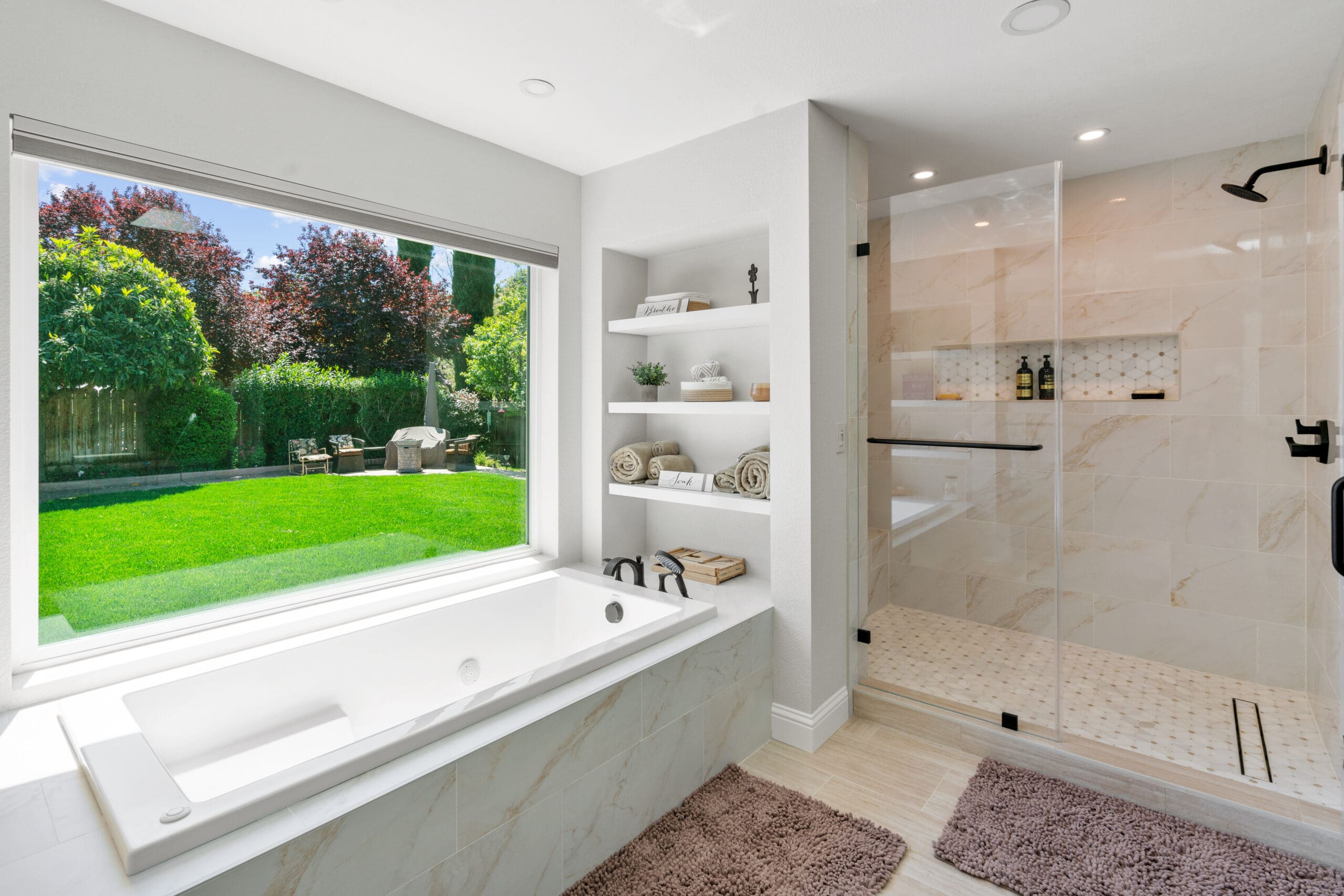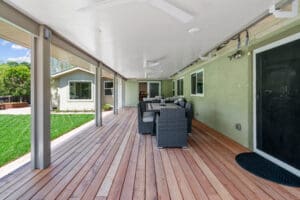Here’s a breakdown of the cheapest strategies to convert your garage into basic living space, focusing on essentials and DIY approaches:
Core Philosophy: Minimize structural changes, focus on making it weatherproof and comfortable, reuse/recycle materials, and do almost everything yourself.
Essential Steps for the Cheapest Conversion:
-
Insulation (Non-Negotiable for Comfort & Efficiency):
- Cheapest Option: DIY Fiberglass Batt Insulation (walls & ceiling).
- Key: Seal ALL air leaks first! Use caulk or spray foam around doors, windows, and where walls meet the slab.
- Garage Door: This is the biggest challenge. Cheapest options:
- Seal & Insulate Existing Door: Use rigid foam insulation panels cut to fit inside the door sections (seal edges with foil tape). Add weatherstripping around the entire perimeter. Significantly improves comfort but isn’t perfect.
- Build a Wall Inside: Frame a simple stud wall inside the garage door opening and insulate it like the other walls. You permanently lose door function but gain significant thermal efficiency. Cover with drywall.
- Floor: Concrete slabs are cold. Cheapest solution is thick area rugs or carpet remnants over a vapor barrier (plastic sheeting). Consider interlocking foam floor tiles for slightly more comfort.
-
Climate Control (Heating & Cooling):
- Cheapest Options:
- Portable Electric Heater (Small Spaces): For occasional use only. Caution: Fire hazard if misused.
- Window AC Unit: For cooling. Buy used if possible.
- Mini-Split Heat Pump (Best Value Long-Term): While a larger upfront cost, it’s the most energy-efficient solution for both heating and cooling. Installing a DIY-friendly model (like Mr. Cool) yourself avoids labor costs and saves significantly on energy bills compared to inefficient electric heaters long-term. This is often the smartest “cheap” investment.
- Avoid: Extending your home‘s central HVAC unless the garage is adjacent to the system and you have significant DIY ductwork skills. Labor costs are high.
- Cheapest Options:
-
Flooring (Simple & Functional):
- Cheapest Options:
- Concrete Slab Prep: Clean thoroughly, repair cracks, apply a concrete sealer (prevents dusting).
- Paint: Use durable epoxy or concrete paint. Add anti-slip additive.
- Large Area Rugs/Carpet Remnants: Cover the main living areas. Use carpet tape to secure edges.
- Interlocking Foam/Plastic Tiles: Often used in garages/gyms. Provides some insulation and comfort. Buy on sale.
- Skip: Expensive hardwood, tile, or professional carpet installation.
- Cheapest Options:
-
Walls & Ceiling (Basic Enclosure):
- Cheapest Option: DIY Drywall.
- Hang it yourself (rent a lift for ceilings if needed). Watch many tutorials!
- Tape, mud, and sand yourself (this takes practice, be patient).
- Use basic flat paint (eggshell or satin is more durable than flat).
- Alternative (Cheaper/Less Finished): Plywood or OSB sheathing. Can be painted. Gives a more rustic/industrial look. Less fire-resistant than drywall.
- Skip: Texturing, complex finishes, wainscoting.
- Cheapest Option: DIY Drywall.
-
Lighting (Simple & Efficient):
- Cheapest Option: Replace existing bare-bulb fixtures with basic LED shop lights or flush-mount LED ceiling fixtures. Buy in multi-packs.
- Add: Plug-in lamps for task/ambient lighting. Use smart plugs for control.
- Skip: Recessed lighting (requires cutting holes, insulation issues), complex wiring runs.
-
Electrical (Safety First!):
- Minimal Needs: You will need outlets and likely more lighting circuits.
- Cheapest Strategy:
- Add Outlets: Run new circuits from the main panel (if you have DIY electrical experience and local code allows) OR extend existing nearby circuits (if capacity allows).
- Use Surface-Mount Conduit: Much easier and cheaper than fishing wires through finished walls. Paint it to blend in.
- CRITICAL: Consult local codes! Some work (especially panel connections) requires a licensed electrician. Don’t risk fire or electrocution. Factor this cost in – it’s non-negotiable for safety.
-
Windows & Doors:
- Garage Entry Door: Keep the existing man-door if possible. Replace only if rotten or unusable (look for used exterior doors).
- Egress: If this is a bedroom, a legal egress window is required by code (expensive). Avoid this classification if possible for a cheap conversion.
- New Windows: Only add if absolutely necessary for light/ventilation. Look for used windows or basic vinyl sliders. DIY installation is key to saving money.
Key Cost-Saving Strategies:
- DIY, DIY, DIY: Labor is the biggest expense. Be prepared to learn and do everything you safely can.
- Minimize Structural Changes: Don’t move walls, plumbing, or load-bearing elements. Work with the existing structure.
- Reuse & Recycle:
- Use leftover building materials from other projects.
- Check Habitat for Humanity ReStores, Craigslist, Facebook Marketplace for doors, windows, insulation, fixtures, flooring.
- Repurpose furniture and decor.
- Prioritize: Focus on weatherproofing (insulation, sealing), basic safety (electrical), and essential comfort (climate control, floor). Fancy finishes can come later.
- Phased Approach: Do the absolute essentials first (insulation, climate, floor, walls) to make it usable. Add nicer finishes (kitchenette, bathroom, better flooring) years down the line when budget allows.
- Permits: Be aware: Most jurisdictions require permits for garage conversions, even simple ones. While skipping permits saves money upfront, it risks fines, forced removal, insurance issues, and problems when selling. Research your local requirements carefully. The cheapest legal way involves permit costs.
What “Cheapest” Gets You:
- A basic, functional room (office, den, studio, hobby space, guest room).
- Improved comfort over a raw garage, but likely not “main house” levels.
- Industrial or utilitarian aesthetic.
- Potential challenges with temperature regulation (especially if the garage door isn’t fully addressed).
- No bathroom or kitchen (adding plumbing is VERY expensive).
In short: The cheapest path involves rigorous DIY, prioritizing insulation/sealing and basic climate control (like a DIY mini-split), using simple/donated materials for walls/floors/lighting, and handling electrical safely (hiring pros only where legally mandated). Manage expectations – it will be basic but habitable.






